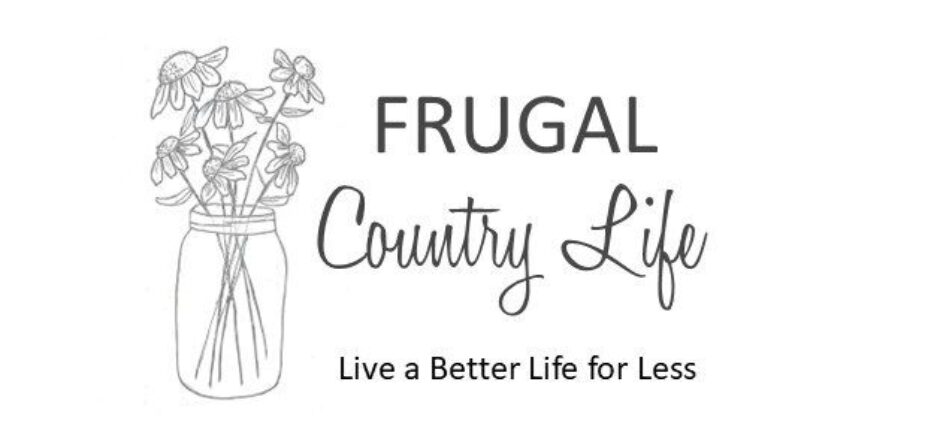Hi frugal friends! I hope today is a great day for you! Mr. Frugal and I are taking on a new project at our son’s house. We are helping him with a remodel on his first home. It’s a slow process because we all work full time jobs. Since are working on a budget, we have a lot of DIY projects to tackle.
I shared the repainting of the bathroom vanity. I love how it turned out! You can see the post all about it here.
Today’s project is the bathroom countertop. It’s going to be a really long countertop, because there is a boxed out area beside the vanity that is over the stairs to the basement. We are going to incorporate this into the design the best we can. We decided extending the countertop all the way over this box will look the best.
We used 7 2x4x10 pine boards for the longest part and 2 2x4x8 for the shorter section. The shorter section was 3 feet long so we cut them to length.

We have marked where to drill the pocket holes.
The first thing we did was decide which side of the boards we wanted to be the “top”. We judged by whether or not they had any major gouges or bad knots. If both sides were good we always went with the side without the stamp on it.

Next we drilled pocket holes with my Kreg Pocket Hole Jig – A LOT OF HOLES! We drilled holes about every 8 inches on the back of all the boards. These should be staggered on the connecting boards to give the most stability.

his is the Kreg Pocket Hole Jig I have. It’s the Kreg Jig R3. It’s in the lower price range of their pocket hole jigs. I’ve had mine for several years and can’t remember exactly how much I paid for it. They have this one at Amazon now and you get a free clamp with it.
Mr. Frugal helped me drill all the holes, then I sanded the tops and sides of all the boards and wiped them down with a damp cloth. My son wants a weathered wood look for the countertop.

To achieve that look I wiped the wood with a rag dipped in water and rung out so it’s not dripping but it’s still really wet.

While the wood is still wet, I wiped it with a rag that was dipped in Varathane oil based stain in Ebony. We used the classic from a local hardware store. Amazon has the Varathane oil based stain in a fast dry version. That might make the project go a little quicker.


I just wiped the stain over the wood until I achieved the look I wanted. Make sure you wear gloves. It’s so hard to get this stain off of your hands and out from under your nails!

It’s important to stain the edges also. Then let the boards dry overnight.
I forgot to take any pics of the staining process. I used the same process on the shelves I made for the wall at the end of the vanity. These pics are of me staining those boards. I hope that doesn’t confuse any of y’all.
The next day I used Kreg 2 1/2 inch pocket hole screws to attach all the boards together. I laid the boards out on the floor and clamped them together.


You can see here how the holes are staggered from one board to the board beside it.

After all the boards are screwed together. I gave both sections 3 coats of Varathane Ultimate Polyurethane in an oil base. Please ignore the huge mess in the background. You know how it is when you have multiple projects going at the same time.

Then Mr. Frugal and my son cut the counter to the exact length, attached the two sections together and installed it in place. We all love the way it turned out! It looks massive!

Once it was in place I gave it 2 more coats of oil based Varathane Ultimate Polyurethane. I waited several days between coats.
After they cut out the hole for the sink, I stained the edges. Then the next day I gave the edges 3 coats of the polyurethane.

Finally, they were able to install the sink and the faucet. I have to say it turned out better than I thought it would! My son and his girlfriend are really happy with the final result. Honestly, I absolutely love the way it turned out! I think it looks beautiful on top of the freshly painted vanity.
Click here to see how we painted the vanity.
I hope I’ve inspired y’all to take on a project that can transform a space and still be frugal.
Thanks so much for stopping by today! I hope you come back soon!
Missy
